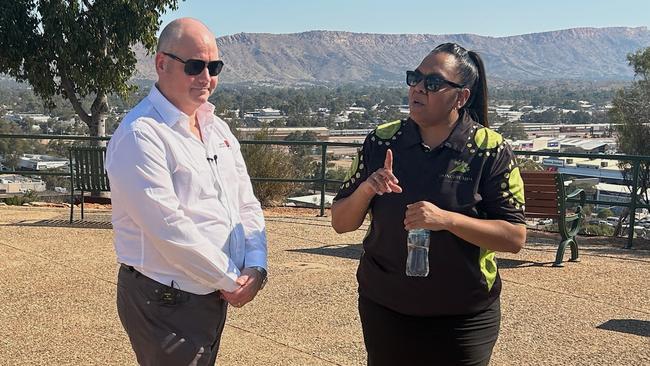
His observations come as the economy slows but inflation remains notably higher than the Reserve Bank’s target band, ensuring cost-of-living pressures are biting in many communities. It’s a tricky predicament for the RBA, exacerbated by solid consumer spending in some areas and growing employment, but offset by rising loan arrears and falling prices in commodities such as iron ore.
New Zealand’s central bank kicked off its easing cycle last week and the Bank of England cut rates early this month, while the US Federal Reserve is tipped to start reducing rates in September. On the other hand, Japan’s central bank raised interest rates last month.
There are a lot of moving parts and that’s without even delving into geopolitical risks and the minutiae of federal and state government spending policies.
Irvine – who took the reins as NAB chief executive in April – gets a good read on the economy given the bank he leads is the largest lender to business. He points to different dynamics playing out across Australia’s states and territories.
“There are two Australians on just about every dimension,” Irvine tells this column while visiting the Northern Territory last week. “If I take a regional dimension, firstly, you’ve got parts of the country typically WA, Queensland, and actually I’d include NT in that, which are doing really well. You’ve got resource-driven, defence spend-driven economies. You’ve got population growth in … all of those states and territories, and as a result they’re growing significantly in excess of the national average and doing quite well.”
Irvine notes a “significant amount” of defence spending happening in the NT alongside increased construction as Australia’s Top End acts as a key operational base for America’s military to deter Chinese aggression in the Indo-Pacific.
“I’ve never seen so many people in army fatigues,” he quips.
It’s not all positive, however, for the economy and real issues are emerging.
“Southeast Australia, and in particular Victoria, are doing it tougher. Those economies are much more correlated to domestic demand, much more correlated to discretionary spending, and therefore are doing it tougher,” Irvine says. “They don’t have the resource, agriculture, energy, mining and defence spend that some of the other markets I alluded to have.”
Irvine – who joined NAB in 2020 after a stint at the Bank of Montreal – says a key difference during this economic downturn is that house prices haven’t markedly declined. In fact, in many states they’ve risen.
“You don’t have things like negative equity that you may have had in the past,” he adds, noting that employment has held up well.
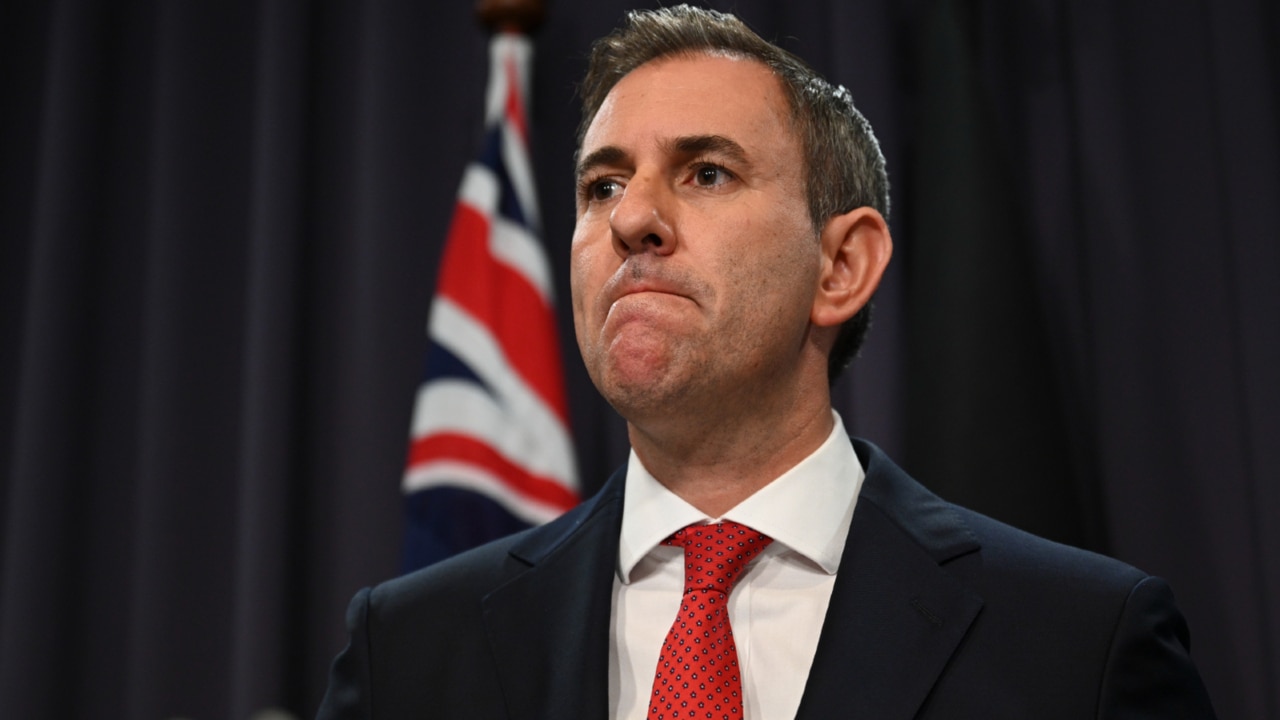
There are also differences in how sectors of the economy are weathering the slowdown. As evidenced by Commonwealth Bank’s drop in full-year cash profits to $9.8bn and NAB’s lower third-quarter earnings, banks are finding income growth more difficult. Retailing is tough across some segments, including department stores, but companies including JB Hi-Fi are booking better-than-expected sales.
“There are a number of sectors doing very well. I’d mention extraction industries and resources, if you’re in the defence industry, if you’re in … agriculture, those businesses are doing pretty well, even in manufacturing, where, if it’s a broader economy component,” Irvine observes. “However, if you’re in offices, CBDs in southeast Australia, if you’re in discretionary spending, it’s feeling hard. And it’s feeling hard because consumers are having to … pull in where they can.”
The CBA and NAB results showed a clear trend of worsening loans past due, arrears and defaults and some troublesome loans and issues within the business and corporate lending loan books. These measures have either edged up to historical averages or remain low but will be closely monitored as the official cash rate stays higher for longer.
As insolvencies spike and the Australian Taxation Office more aggressively pursues businesses that have not met their obligations, company debts are also in focus.
As the nation’s largest mortgage lender, CBA saw home loan arrears climb from a year earlier to sit smack bang on their historical average of 0.65 per cent. NAB also cautioned of higher mortgage arrears.
Irvine points out three distinct household groups navigating the economic slowdown, with renters bearing the brunt of the pain.
“There are lots of people who own their home, have paid off their home loan or have it fully offset. They’re typically older, they’re typically retired and they’re doing well, and they have money to spend,” Irvine says. “Then you have people who have a home loan … new families, younger families, they are struggling more … they’re prioritising home loan payments, but it’s taking a bigger portion of the household income and therefore (they’re) pulling back and budgeting on other things.
“And then finally, the group that probably is struggling the most, and we don’t talk about enough, are renters. Australia is very focused on mortgage stress, but it’s actually not mortgage holders who have the most stress. It’s renters.”
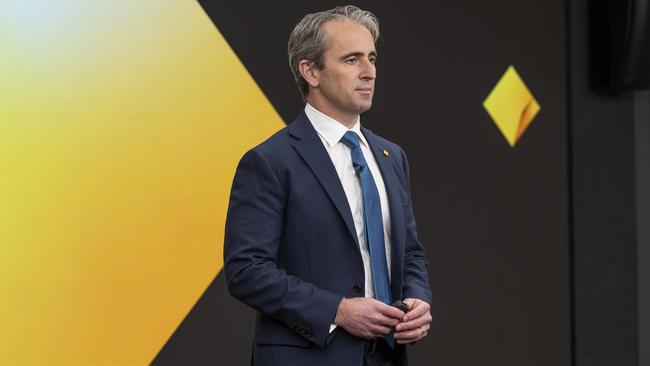
This point was also made abundantly clear at CBA’s results, in some telling graphics. They showed cost of living pressures were being felt unevenly, with younger customers doing it tougher, particularly in the six months to June 30.
The annual growth in renters’ per capita household consumption went into negative territory, while those that owned their home or had a mortgage experienced a decline but remained in positive territory.
The presentation also showed the reduction in savings balances was being led by two age cohorts, those aged 20-24 and 35-44. Those over 65 are still increasing their savings as rates remain favourable. It appears the chasm between the younger age groups and the baby boomer generation is expanding.
“It (higher inflation) impacts everyone but it particularly impacts those on lower incomes,” CBA’s CEO Matt Comyn told this column. “The (rental) vacancy … is very low in many markets.”
Irvine gives further insights that underscore the real impact of the pain being felt in some parts of the community.
“We bank the Salvos and Good Shepherd and some of these community organisations and what they’re seeing is … many what they would call new customers,” he says. “So they’re seeing all the people they’d always see in mental health, drug addiction, homelessness … but they’re seeing a whole new cohort of customers that they would call the working poor, and those are typically renters who are struggling to get by.
“When I talk to some of my larger institutional clients, you know, energy providers, power providers, they’re actually feeling it more. They’re seeing customers who are having to struggle to pay their energy bill.”
NAB doesn’t expect interest rate relief by the RBA until May, but even then, renters will only benefit from a deceleration in inflation.




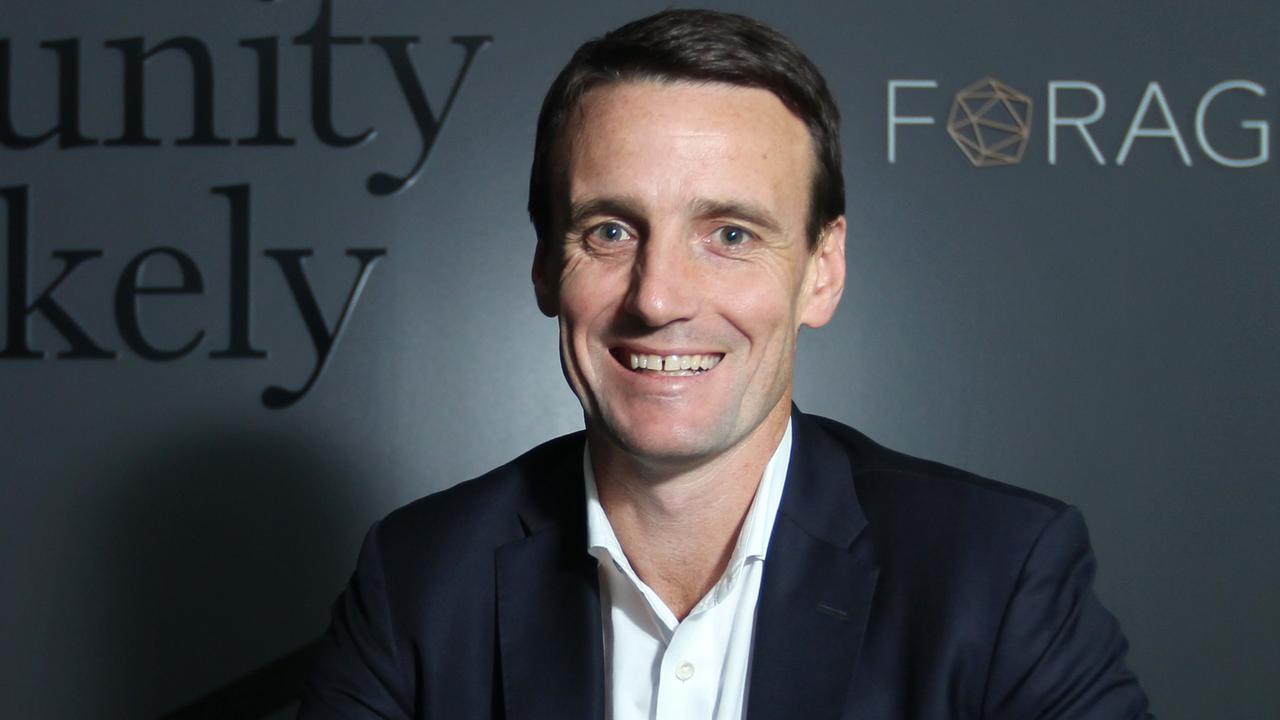
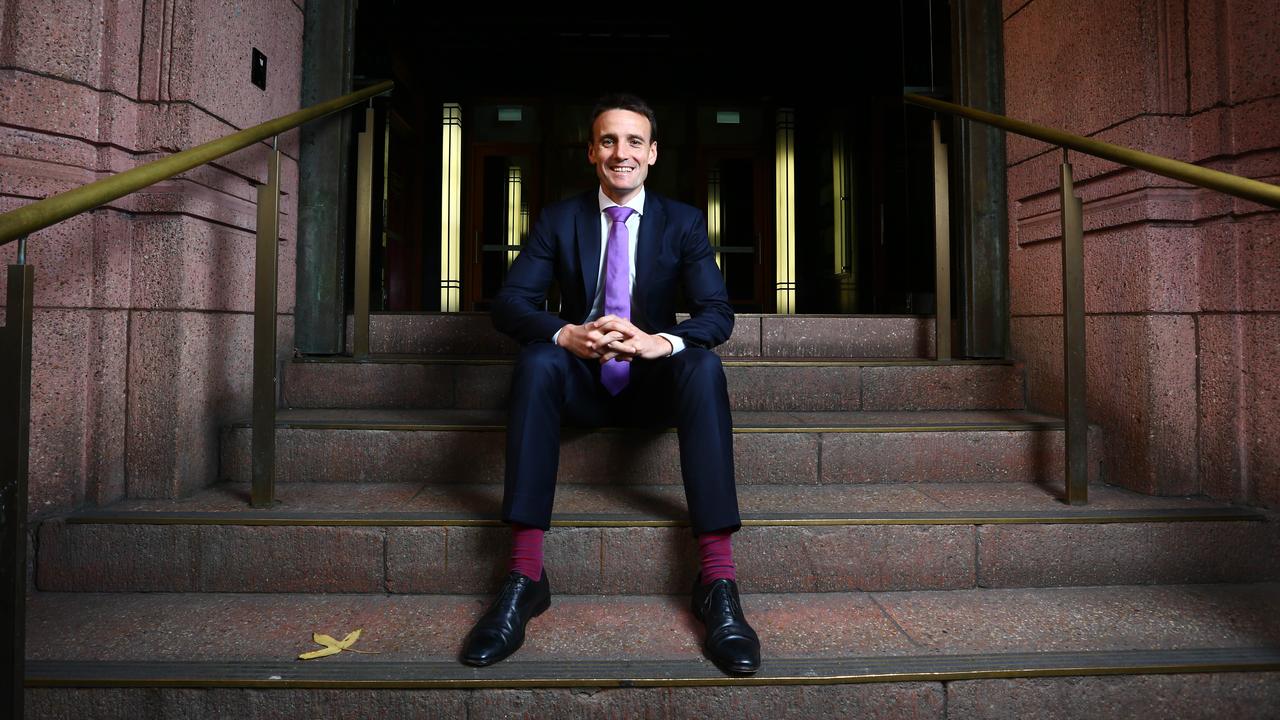
National Australia Bank boss Andrew Irvine has an interesting take on how the nation’s economy is faring, and it’s a two-part story with some real pockets of pain.